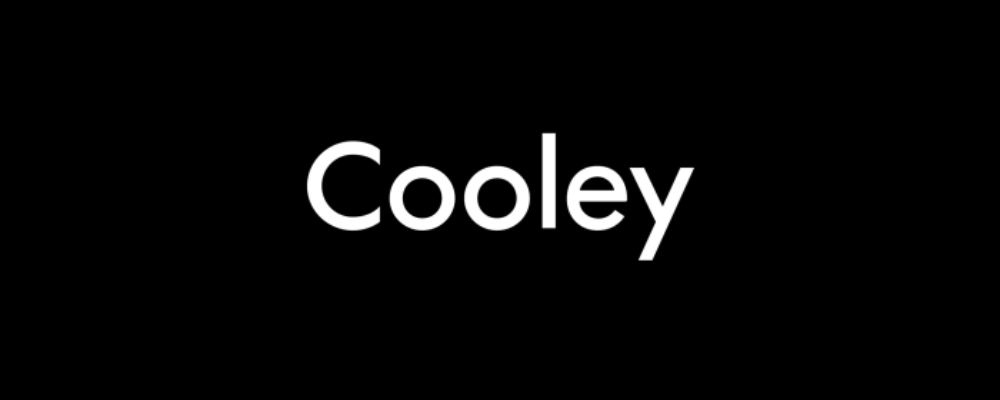On August 18, 2023, Judge Beryl A. Howell of the US District Court for the District of Columbia issued a first-of-its-kind federal court decision in Thaler v. Perlmutter, et al., agreeing with the US Copyright Office that works generated entirely by artificial intelligence are not copyrightable for lack of human authorship. The court rejected the plaintiff’s argument that copyright’s adaptability to new technologies is expansive enough to contemplate AI authorship. Judge Howell reasoned that although copyright is “designed to adapt with the times” and contemplates new and unforeseen mediums of expression, the requirement of human authorship – and, more specifically, human creativity – is the immutable “sine qua non at the core of copyrightability.”
The decision arises from a copyright application filed by inventor Stephen Thaler in 2019 for a visual artwork titled “A Recent Entrance to Paradise.” Rather than listing himself as author of the work, Thaler identified that author as “Creativity Machine” – an AI computer system he had invented. He based his claim of ownership on the work-for-hire doctrine, on the theory that he owned the Creativity Machine, so it was akin to an employee who creates works in the course and scope of their employment.
The Copyright Office denied Thaler’s application, reasoning that copyright extends only to works created by human authors, not those – as Thaler claimed – that were created “autonomously” by an AI computer algorithm. Thaler challenged this determination in court, both sides sought summary judgment, and the district court sided with the Copyright Office.
Judge Howell acknowledged that copyright law is “malleable enough to cover works created with or involving technologies developed long after traditional media,” such as engravings and photography. However, the court agreed with the Copyright Office that the core of copyrightability is human creativity. Even modern high-tech art mediums require “human involvement in, and ultimate creative control over” the creation of the work to be protectable. The court explained that this “human authorship” requirement is grounded both in the language of the Copyright Act – which does not explicitly define “author,” but uses uniquely human concepts and terms – and in many decisions interpreting it, beginning with the US Supreme Court’s 1884 decision in Burrow-Giles Lithographic Co. v. Sarony, 111 US 53 (holding that a photograph of Oscar Wilde was copyrightable despite use of a camera to give “visible expression” to “ideas in the mind of the author”), and continuing through the US Court of Appeals for the Ninth Circuit’s 2018 decision in Naruto v. Slater, 888 F.3d 418, 420 (2018), which held that a photograph taken by a monkey was not protected by copyright insofar as “all animals, since they are not human,” lack standing under the Copyright Act.
In his summary judgment papers, Thaler raised new arguments that he should be considered the rightful human author, insofar as he “provided instructions and directed his AI to create the [w]ork,” and his “AI is entirely controlled by [him].” These arguments, however, contradicted Thaler’s copyright application and were not properly made before the court. Likewise, the court found that, because the work “did not give rise to a valid copyright upon its creation,” Thaler’s arguments as to how the copyright may have later passed to him were irrelevant.
The court concluded by acknowledging that “we are approaching new frontiers in copyright” and that many open questions remain, including:
- “[H]ow much human input is necessary to qualify the user of an AI system as an ‘author’ of a generated work.”
- “[T]he scope of the protection obtained over the resultant image.”
- “[H]ow to assess the originality of AI-generated works where the systems may have been trained on unknown pre-existing works.”
- “[H]ow copyright might best be used to incentivize creative works involving AI, and more.”
Other courts may take up these issues as new authors seek protection for works generated in whole or in part by generative AI. For now, the Thaler case merely serves to uphold the Copyright Office’s narrow determination that a work generated exclusively and autonomously by a generative AI tool is not protectable under the Copyright Act.
By Cooley LLP is a law firm >>
“1,400 lawyers across 18 offices in the United States, Asia and Europe, 385 partners in a single-tier global partnership, more than 3,000 people worldwide.”
Please visit the firm link to site



